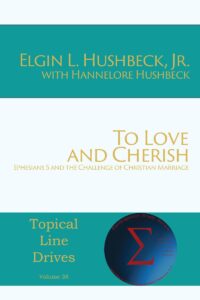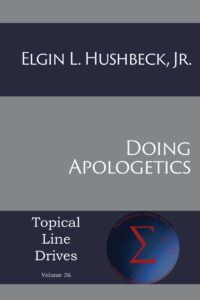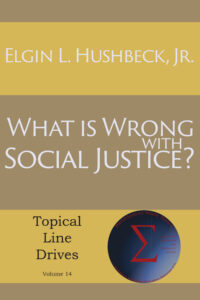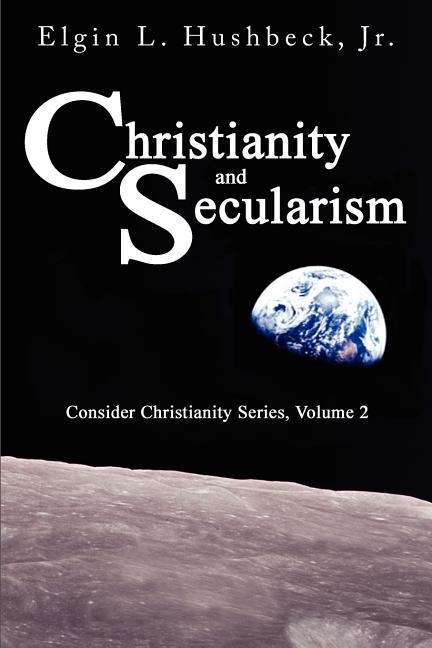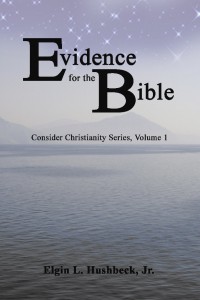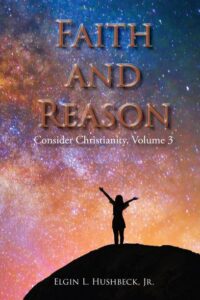A Review of Richard Dawkins' The God Delusion Part III
August 3rd, 2007 by Elgin HushbeckAugust 3, 2007, Wausau, Wi — In part II of my review of Richard Dawkins’, “The God Delusion” I pointed out that atheists, like the educated elites, have constructed a world view based on assumptions that leads them to their conclusions. One can clearly see this in Dawkins description of the atheist’s view. Dawkins writes, “Human thoughts and emotions emerge from exceedingly complex interconnections of physical entities within the brain. An atheist in this sense of philosophical naturalist is somebody who believes there is nothing beyond the natural, physical world, no supernatural creative intelligence lurking behind the observable universe, no soul that outlasts the body, and no miracles – except in the sense of natural phenomena that we don’t yet understand. If there is something that appears to lie beyond the natural world as it is now imperfectly understood, we hope eventually to understand it and embrace it within the natural.” (p 14)
Dawkins starts with what seems like a statement of science about human thoughts and emotions, and from there expands it into a view of atheism. Yet this statement about human thoughts and emotions is not a statement of scientific fact, but is at best a statement of atheistic belief or maybe even hope. This is because we do not know how we think and feel, and there are lots of competing views.
In the early days of computers, it was assumed by many that as computer technology grew and developed, before long we would have machines that could really think and would someday be conscious. In science fiction there are many examples of conscious machines such as Hal, the computer in 2001 A Space Odyssey, and Commander Data in Star Trek.
Yet as computer technology developed and programs grew more and more complex, the more we came to realize how little we actually understood consciousness. As a result the whole field of Artificial Intelligence has largely transformed itself away from creating conscious machines, and into simply handling complex decision making processes. While there are still those who hope to one day create a conscious machine, many have grave doubts that it will ever happen.
From this questionable belief about how we think, Dawkins goes on to defines an atheist as “somebody who believes there is nothing beyond the natural, physical world.” This also is not a statement of science, it is a statement of faith. Atheist often try to avoid the fact that this is a statement of faith, by claiming that this is a justified conclusion, because there is no proof that there is anything beyond the natural, and it is irrational to ask them to prove that there isn’t.
As I discuss in my book, Christianity and Secularism, there are several problems with this argument, but a key one is that the whole concept of proof is very subjective and is greatly determined by one’s world view. Notice how in his statement Dawkins insulates his view from problems. He leads in with what seems to be a statement of science to say human thoughts are explained, and thereby implies both that atheism is a scientific view, and that there is no need to seek any further explanation. He then rejects that there is any supernatural, God, soul or miracles. Finally, those things that science can’t yet explain are handled with the “hope” that we will someday figure it out.
As a result, Dawkins’ claim boils down to a claim that the atheist worldview is correct, because within the atheist world view there is no proof that there is anything else. But this is circular reasoning. This problem is not unique to atheist, it is a problem all world views must confront, and why ultimately faith and hope plays a role in all world views, even the atheist’s.
For Christianity, the idea that faith and hope are important parts of the Christian world view is both accepted and embraced. But for atheism they pose a major problem. This is because atheists so strongly identify themselves with science and much of their attacks on religion centers on attacking faith and hope, particularly faith. In fact many atheists will strongly try to insist that atheism does not depend on faith and dogmatically reject any claim that is does.
But dogmatic denials do not change the fact that the acceptance of atheism requires the acceptance of a naturalist world view that cannot itself be proven, but must be accepted on faith. You can see this even in Dawkins statement of “hope” that the issues out there that have not yet been understood, will be eventually be understood in a naturalistic way, when by the very fact that we have not yet understood them means we do not know what the explanation will be. In short, Dawkins has faith that the explanation will be a natural one.
As I point out in my books, while atheist often criticize Christians for having a faith contrary to the evidence, this is actually the case with them in areas such as their claim that the origin of universe does not require something beyond the universe, or their claim that the origin of life was a natural process. In both cases, the evidence is not only strongly against them, it has been getting worse for some time.
So a key component of atheism is faith, just as faith is a key component in all world views. As such, when the atheist like Dawkins attacks Christianity for relying faith, they are also attacking themselves.
This is Elgin Hushbeck, asking you to Consider Christianity: a Faith Based on Fact.
